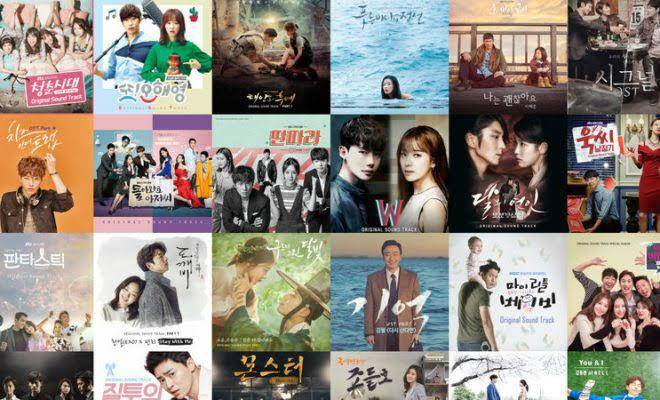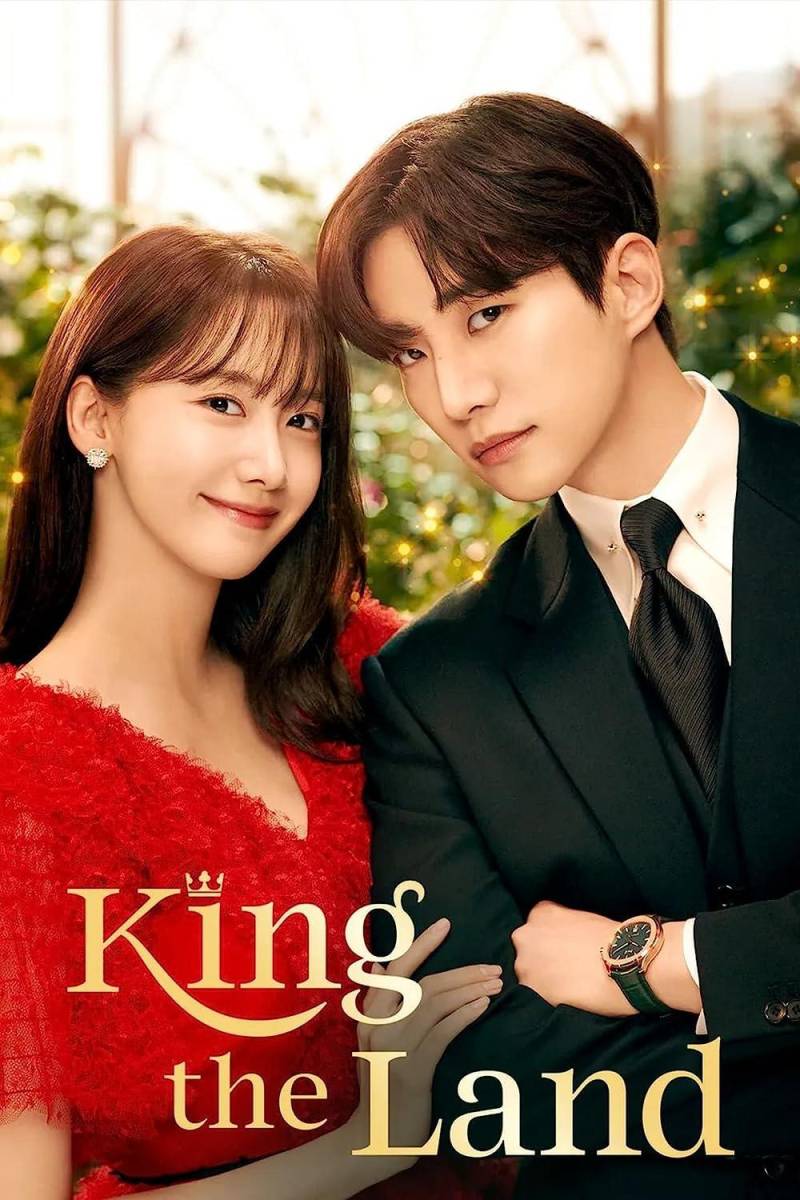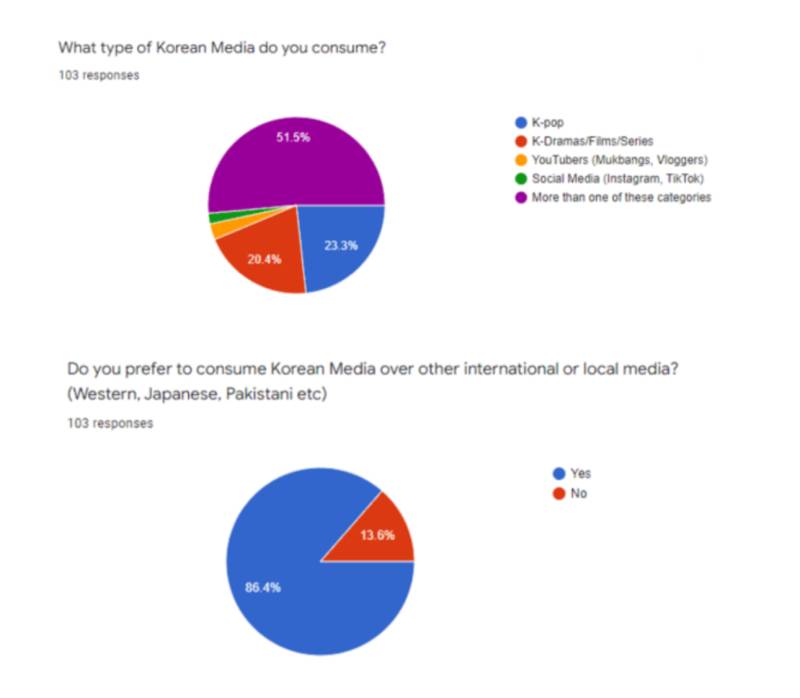The Next Wave: Riding the Shift from Turkish to K-Dramas—What Awaits Pakistan?

In recent years, Pakistan’s television landscape has witnessed a remarkable transformation, with a significant shift in viewer preferences from Turkish dramas to Korean dramas (K-dramas). This evolution in taste not only reflects changing cultural dynamics but also opens up new possibilities for storytelling and audience engagement in the country.

The Rise of Turkish Dramas
Turkish dramas initially captured the hearts of Pakistani audiences around the early 2010s. With their compelling narratives, high production quality, and relatable themes, shows like Diriliş: Ertuğrul and Kara Sevda quickly became household names. Key factors that contributed to their popularity included:
• Cultural Resonance: Turkish dramas often depicted themes of family loyalty, respect for elders, and societal values that resonated deeply with Pakistani viewers. The cultural similarities helped bridge the gap between the two nations.
• Intense Romantic Plots: The dramatic portrayals of love, betrayal, and moral dilemmas captivated audiences. The passion and intensity of Turkish romances provided a captivating escape from everyday life.
• Visual Appeal: High production values, picturesque locations, and stunning cinematography made Turkish dramas visually appealing, enhancing the overall viewing experience.
The Emergence of K-Dramas

As the Turkish wave reached its peak, K-dramas began to emerge as a formidable force in Pakistan’s entertainment scene. Fueled by the popularity of streaming platforms like Netflix and YouTube, K-dramas quickly garnered a dedicated fanbase. Factors driving their appeal include:
• Relatable Storytelling: K-dramas tackle universal themes such as love, family, and societal expectations, often reflecting the values found in Pakistani culture. Series like Crash Landing on You and It’s Okay to Not Be Okay resonate with viewers, making them feel a connection to the characters and their struggles.
• Unique Romantic Dynamics: K-dramas are known for their slow-burn romances, allowing viewers to become emotionally invested in the characters’ journeys. This gradual development of relationships strikes a chord with audiences seeking depth and authenticity in storytelling.
• Diverse Genres: K-dramas offer a wide range of genres, from romantic comedies to mystery thrillers, catering to diverse viewer preferences. This variety ensures that there is something for everyone, attracting a broader audience base.
Cultural and Social Implications

The shift from Turkish dramas to K-dramas in Pakistan has significant cultural and social implications. As audiences embrace K-dramas, we can observe several trends:
• Changing Perspectives on Relationships: K-dramas often portray modern relationships that challenge traditional norms, depicting male characters who are emotionally intelligent and respectful. This representation may influence societal attitudes towards masculinity and relationships in Pakistan.
• Increased Interest in Korean Culture: The popularity of K-dramas has sparked curiosity about Korean culture, leading many viewers to explore language, cuisine, and fashion. This cultural exchange fosters a greater understanding of global perspectives.
• Demand for Quality Storytelling: The rise of K-dramas may push local producers to elevate their storytelling standards, incorporating nuanced character development and compelling narratives to meet audience expectations.

What Awaits Pakistan?
As K-dramas continue to gain traction, several possibilities arise for the future of drama in Pakistan:
• Collaborative Ventures: The growing popularity of K-dramas may pave the way for collaborations between Pakistani and Korean production houses, resulting in unique content that blends cultural elements and storytelling styles.
• Innovative Local Content: The demand for high-quality narratives could inspire Pakistani writers and producers to create original content that reflects contemporary issues while drawing inspiration from K-drama storytelling techniques.
• Sustained Engagement with Global Trends: As the global entertainment landscape evolves, Pakistani audiences are likely to remain engaged with international content, shaping future viewing preferences and trends.
The transition from Turkish dramas to K-dramas marks a significant moment in Pakistan’s entertainment history. As viewers embrace the charm and depth of K-dramas, the future holds exciting possibilities for cultural exchange, storytelling innovation, and evolving audience expectations. With K-dramas at the forefront, Pakistan’s television landscape is poised for a dynamic transformation that celebrates diverse narratives and global connections.
